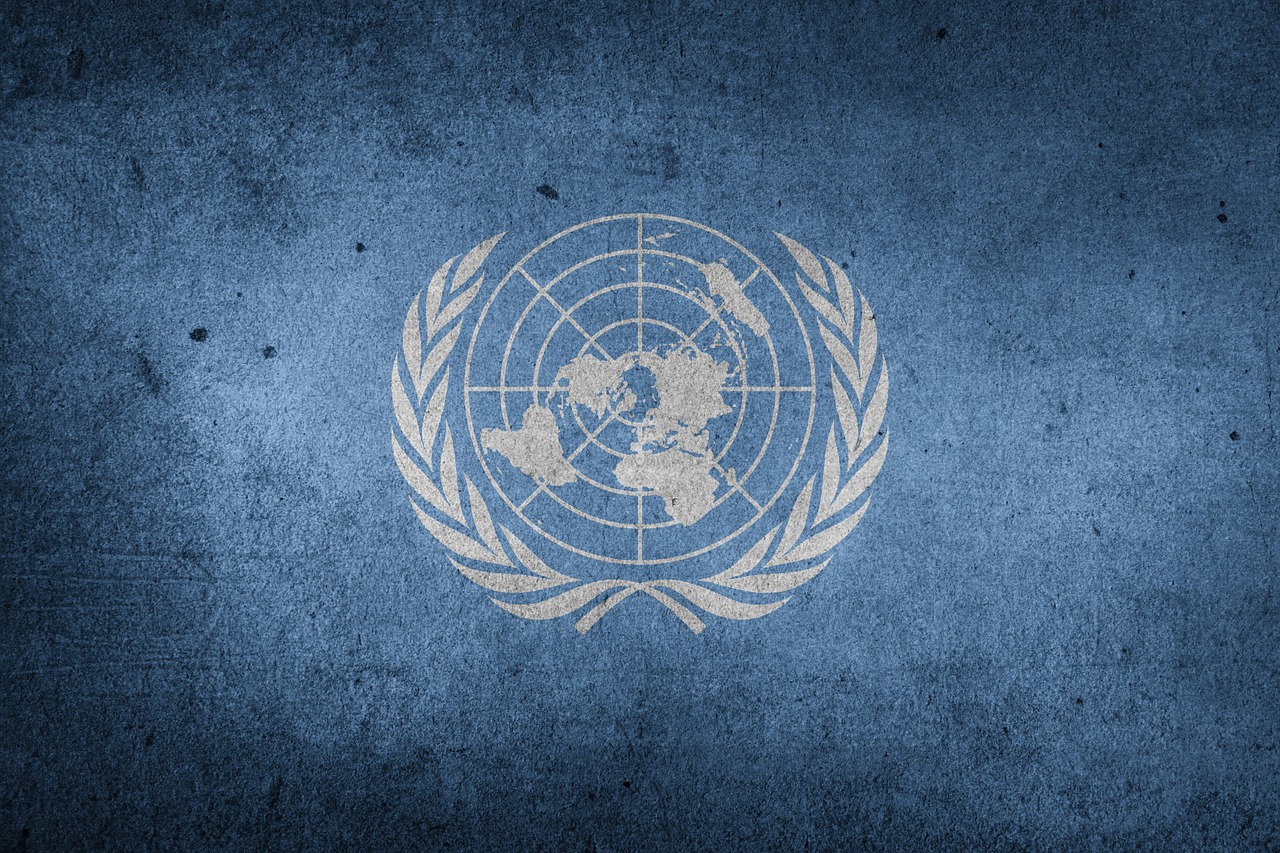The Israeli and Turkish governments have given the United Nations reports on their investigations of the Gaza flotilla episode that left nine Turks dead. Let’s compare and contrast.
Israel ‘s document was prepared by a commission headed by a retired supreme court justice and overseen by two respected and independent observers. Released for full evaluation, it was based on public and private testimony, as well as on videotape and audiotape evidence.
The commission gives the reader both a rundown on the events as the panel believes they took place and the sources for the information. It also provides a complete explanation for the conclusion that Israel was entitled to enforce a naval blockade of Gaza and did so well within the bounds of international law.
Turkey , on the other hand, filed its report privately with the UN and then countered Israel’s authoritative presentation by releasing conclusory excerpts whose thrust was that Israel should have stopped the blockade-busting flotilla by, say, lassoing propellers with ropes.
That and an accusation that Israeli forces opened fire on flotilla participants from a helicopter. While the assertion runs counter to all known evidence, had such strafing taken place, it would likely have been fully justified.
The world generally ho-hummed the Israeli report as if the findings had been a foregone conclusion. Actually, it is an authoritative retelling with eye-opening revelations whose cumulative power is overwhelming.
To recap: Bombarded by more than 5,000 rockets and mortars from Gaza between 2007 and 2009, Israel maintained a naval blockade to prevent Hamas from importing weaponry by sea.
In 2010, pro-Palestinian advocates announced that they would try to break the blockade in order to deliver supplies, falsely contending that Gaza was in the grip of a humanitarian crisis. Israel offered to let ships berth at an Israeli port, where supplies could be inspected and then delivered by land. The advocates refused.
Instead, seven ships set sail for Gaza with the blessing of the Turkish government. One, the Mavi Marmara , persisted in trying to break the blockade despite repeated Israeli warnings.
Voices came back from flotilla ships, saying: “Shut up, go back to Auschwitz ,” and “We’re helping Arabs to go and get the U.S. , don’t forget 9/11, guys.”
The Mavi Marmara was owned by IHH, a Turkish humanitarian group with ties to Hamas and other radical Islamist organizations. On board were 561 passengers and, it turned out, not a single crate of humanitarian goods.
Forty passengers stood apart and were led by the chief of IHH. Five of those who were later killed by Israeli forces had professed a desire to become shaheeds, or martyrs.
One said: “Two good things will happen: Either we will die as shaheeds or we will reach Gaza.”
In a video, another said: “I pray that Allah grant us the same good end as those shaheeds.”
When Israeli soldiers tried to board the Mavi Marmara from small craft, they were pelted with objects and water from fire hoses. Then, soldiers, who had been ordered not to use deadly force unless necessary, descended to the ship’s deck via ropes from helicopters.
Video shows that IHH fighters “beat them with clubs, hit them with fists” and kicked them. The soldiers gave chilling accounts of being set upon. One was rushed by a fighter with a knife and was spared a stabbing because he was wearing a ceramic vest.
In an account that was typical of many, one testified: “About 10 people jumped onto me and began brutally beating me from every direction, using clubs, metal rods and fists, and whatever they could grab…
“A number of the attackers grabbed me by my legs and my torso and threw me over the side to the deck below…
“Upon landing on the middle deck, I fractured my arm, and a mob of dozens of people attacked me and basically lynched me – including pulling off my helmet, strangling me, sticking fingers into my eyes to gouge them out of their sockets, pulling my limbs in every direction, striking me in an extremely harsh manner with clubs and metal rods, mostly on my head.”
Captured Israelis, one with a fractured skull, were held below deck. One testified: “Two people I remember from this stage were wearing… Hamas flags wrapped around their heads, who were very eager to kill us.”
Only through hard fighting – fighting that was necessary, justified and legal – were the prisoners freed. IHH wanted a confrontation and got one.
So the UN must conclude.










